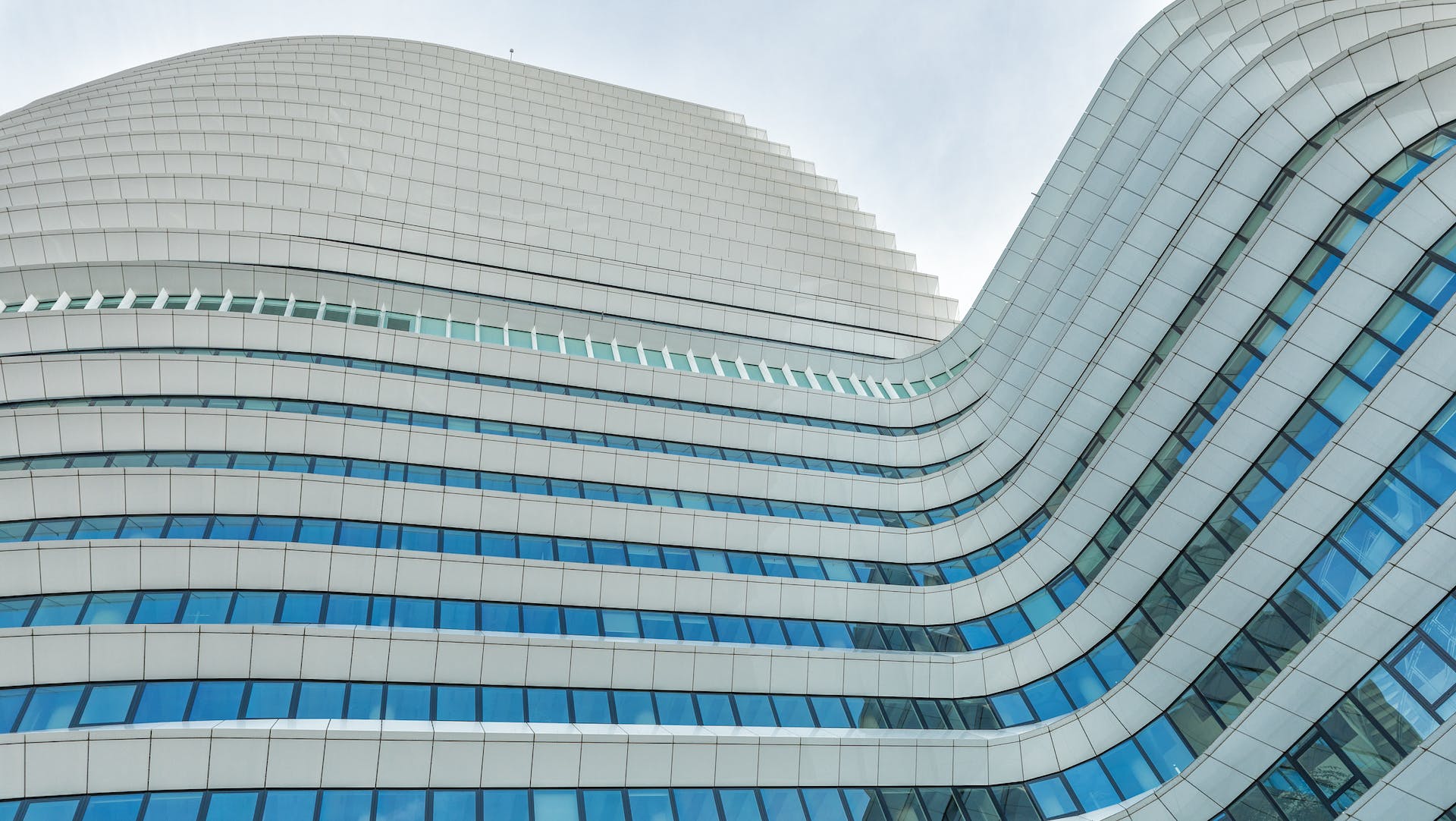Can Commercial Real Estate Be Converted To Residential?

Real Estate, where adaptability is key. Cities expand, demographics shift, and urban planning strategies evolve, the question of how to repurpose existing commercial spaces into residential havens has become increasingly pertinent. Can commercial real estate, once bustling with businesses, be seamlessly transformed into vibrant residential communities?
The Changing Face of Real Estate
The traditional delineation between commercial and residential properties can sometimes be blurred. Urban centers worldwide are witnessing a resurgence of interest in mixed-use developments that combine living, working, and recreational spaces within a single building. This shift reflects changing lifestyle preferences, some environmental concerns, and economic realities.
Some Advantages of Conversion
1.) Urban Revitalization: Repurposing underutilized or vacant commercial properties breathes new life into urban areas, fostering community development and economic revitalization.
2.) Cost-Efficiency: Adaptive reuse often proves more cost-effective than new construction, leveraging existing infrastructure and amenities while minimizing environmental impact.
3.) Diverse Housing Options: Conversions can cater to diverse housing needs, from affordable housing initiatives to luxury loft apartments, catering to a range of demographics.
4.) Preservation: Many commercial properties boast unique architectural features and historical significance. Conversions preserve these assets, contributing to the cultural fabric of a neighborhood.
5.) Sustainable Development: Retrofitting commercial buildings for residential use aligns with sustainable development goals.
Some Challenges & Considerations
1.) Zoning Regulations: Municipal zoning ordinances may restrict or complicate the conversion process, necessitating thorough feasibility studies and regulatory compliance.
2.) Structural Adaptations: Commercial buildings often require significant structural modifications to meet residential building codes, including soundproofing, HVAC upgrades, and safety enhancements.
3.) Parking and Amenities: Adequate parking and access to amenities such as parks, schools, and public transportation are crucial considerations for successful residential conversions.
4.) Market Demand: Assessing market demand and aligning residential offerings with local demographic trends is essential to ensure the viability and profitability of conversion projects.
For Example
1.) Warehouse District Lofts: Former industrial warehouses in cities like New York and London have been transformed into trendy loft apartments, attracting young professionals seeking spacious, character-rich living spaces.
2.) Office Tower Conversions: Vacant office towers in downtown districts have been reimagined as luxury condominiums, capitalizing on central locations and panoramic city views.
3.) Retail to Residential: Abandoned shopping malls and retail centers have been repurposed into mixed-use developments featuring residential units, entertainment venues, and green spaces, fostering vibrant communities.
The conversion of commercial real estate to residential use represents a promising avenue for urban renewal, sustainable development, and community enrichment. By embracing adaptive reuse strategies, developers, policymakers, and communities can unlock the untapped potential of existing infrastructure, creating unique livable spaces that meet the evolving needs of modern society. As real estate continues to evolve, the transformative power of conversion projects offers a compelling vision for the cities of tomorrow.
Disclaimer: The information provided in these posts is for general informational purposes only. There are no representations or warranties of any kind, express or implied, about the completeness, accuracy, reliability, suitability, or availability of the information, products, services, or related graphics contained herein for any purpose. The use of the information provided in this post is at the reader’s own risk. We shall not be held liable for any loss or damage, including but not limited to indirect or consequential loss or damage, or any loss or damage whatsoever arising from the use of or reliance on this information.


